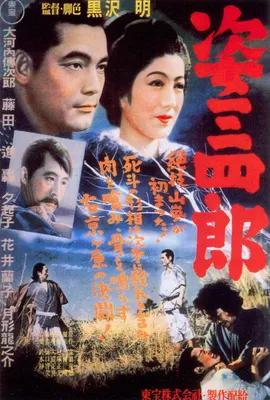Kurosawa Akira
Overview
Regarded by many as one of the greatest filmmakers in cinema history, Kurosawa Akira originally aspired to be a painter—a talent that would later define the striking visual composition of his films. He entered the film industry in 1936 at P.C.L. (later Toho), where he forged a lifelong friendship with fellow assistant director and future Godzilla helmer Honda Ishirô.
Kurosawa's "Golden Age" in the 1950s and 60s produced a string of masterpieces that revolutionized world cinema, including Rashomon (1950), Ikiru (1952), Seven Samurai (1954), and Yojimbo (1961). Many of these classics starred his muse, Mifune Toshirô, though their legendary collaboration ended acrimoniously after Red Beard (1965).
The late 60s and 70s were a dark period for the director, marked by the commercial failure of Dodes'ka-den (1970) and a suicide attempt. However, he staged a magnificent comeback with the Soviet-backed Dersu Uzala (1975) and a pair of Shakespearean epics, Kagemusha (1980) and Ran (1985), which were produced with the assistance of admirers George Lucas and Francis Ford Coppola. His old friend Honda Ishirô returned to his side as a creative consultant and second-unit director for these final triumphs.
Accolades
Selected Works
























